The temple town of Ayodhya is on the verge of witnessing a significant increase in property prices, with circle rates set to rise by up to 200%. This marks the first major revision in seven years, the last being in 2017. Circle rates, also referred to as collector rates, are benchmark rates determined by state governments to calculate property values for taxation purposes, particularly for stamp duty payments. Even though property values may vary in real transactions, stamp duty is calculated based on these circle rates.
This steep hike is a direct result of Ayodhya’s rapid infrastructure development, particularly after the Pran Pratishtha ceremony of Ramlala on January 22, 2024, which sparked renewed interest in the area. The influx of real estate activity has further driven land prices upward, necessitating this revision. Major areas around the Ram Mandir and along highways are expected to experience the most significant hikes, with prices for land being sold far above current circle rates in recent years.
Infrastructure Boost Fuels Price Surge
According to government officials, massive construction and development in and around Ayodhya have pushed the local property market to new heights. B.P. Singh, a government official, noted that the district collector has proposed this revision to bring circle rates in line with actual market prices. Additional Inspector General of Stamps in Ayodhya, Yogendra Singh, highlighted the stark disparity between existing circle rates and current market prices. Over the last three years, properties near the Ram Mandir area have been sold at prices ranging from 41% to as high as 1,235% above the circle rate.
As part of the revision process, a proposal to increase circle rates has already been prepared, with the district administration inviting public objections until September 4, 2024. Following the review of these objections, the new rates will be finalized. The revision is being carried out in accordance with Rule 4 of the Uttar Pradesh Stamp (Valuation of Property) 1997.
Previous Attempts and Political Reactions
This is not the first time an increase in circle rates has been proposed. Back in 2022, ahead of the Ram Temple’s inauguration, there was a suggestion to hike rates, but it was never implemented. Despite this, properties were already being sold at prices significantly higher than the prevailing circle rates, leading to disparities in property tax calculations and government revenue collection.
Ayodhya Commissioner Gaurav Dayal confirmed that while a final decision is pending, it will only be made after public suggestions are considered. The timing of the rate increase, however, has led to mixed reactions from the public, especially from local residents and political figures.
Concerns from Local Leaders
The timing of the proposed increase has raised concerns among local leaders and opposition parties. Samajwadi Party President Akhilesh Yadav has been particularly vocal, accusing the government of orchestrating the circle rate hike to benefit those affiliated with the ruling Bharatiya Janata Party (BJP). According to Mr. Yadav, many landowners in Ayodhya were not adequately compensated when the land was originally acquired for development, and now those who purchased land at lower rates stand to benefit significantly from the increase in circle rates.
He also pointed out that big officials, including IAS and IPS officers, have purchased land in Ayodhya at lower rates and could now see a windfall due to the proposed increase. Awadhesh Prasad, a Samajwadi Party MP from Faizabad, went further, demanding that the new rates be implemented retroactively from 2017, so that residents who received compensation for land acquisitions would be paid the difference based on the new rates.
Impact on Property Buyers and Sellers
For property buyers, the increase in circle rates means higher stamp duty and registration fees, making land acquisition more expensive. For sellers, however, the new rates could provide an opportunity to capitalize on rising market demand. With infrastructure projects like the Ram Temple nearing completion, along with improved road networks and other developments, the appeal of Ayodhya as an investment destination has grown substantially.
Awadhesh Singh, President of the Saryu Seva Samiti, has been advocating for an increase in circle rates for some time, arguing that it could boost government revenue. He explained that many farmers who sold land to the government for development purposes received compensation at the older, lower rates. Now that the government has nearly completed its land acquisition, it is attempting to increase its revenue by raising circle rates.
Conclusion
As Ayodhya undergoes rapid development, the real estate market is bound to experience significant shifts. The proposed hike in circle rates will likely have wide-ranging effects on property transactions, government revenue, and public sentiment. With infrastructure projects continuing and land demand growing, Ayodhya is set to become one of the most sought-after real estate destinations in India. The district administration’s final decision on circle rates, expected soon after public objections are reviewed, will play a critical role in shaping the future of property investments in this iconic city.

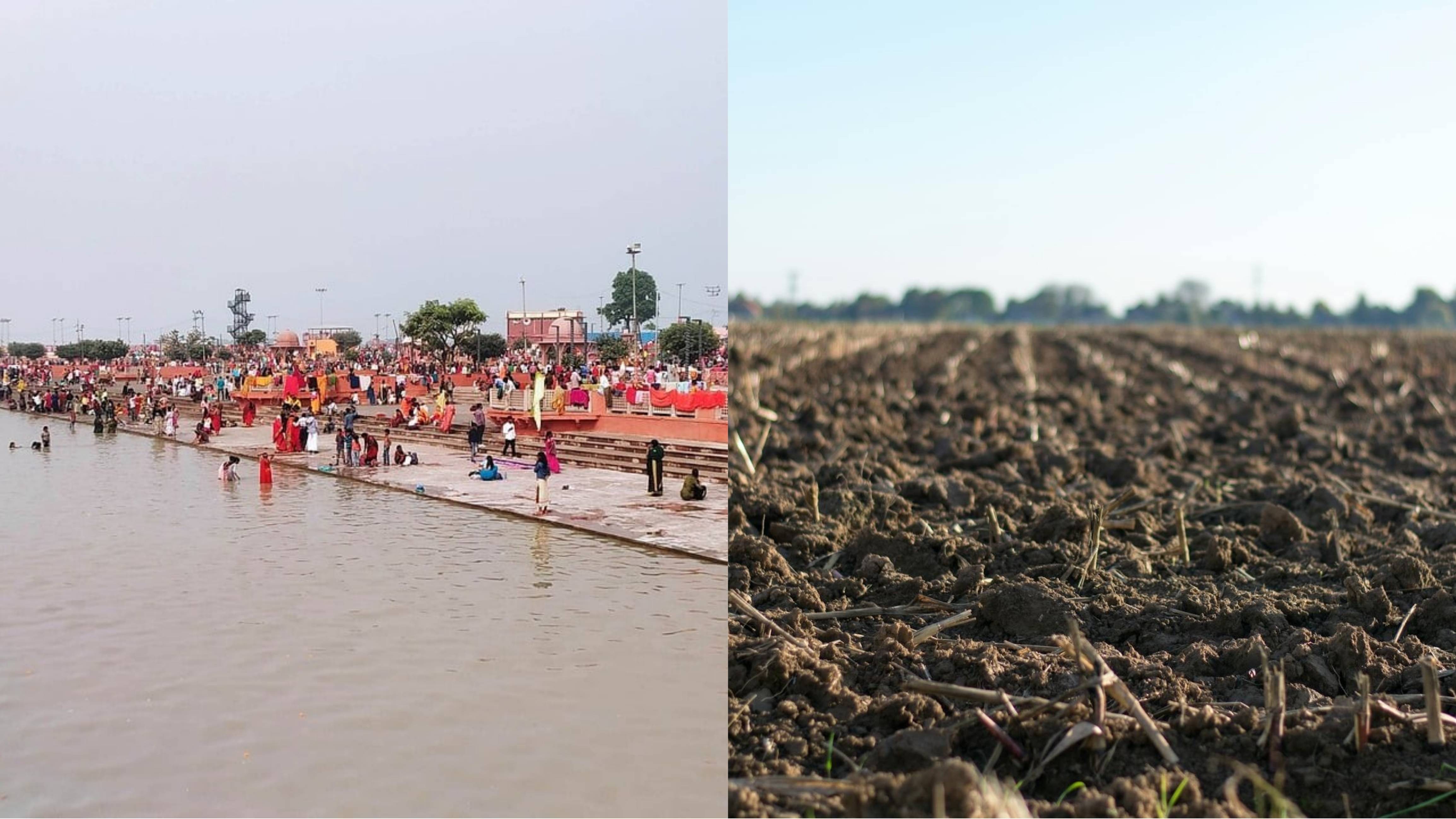


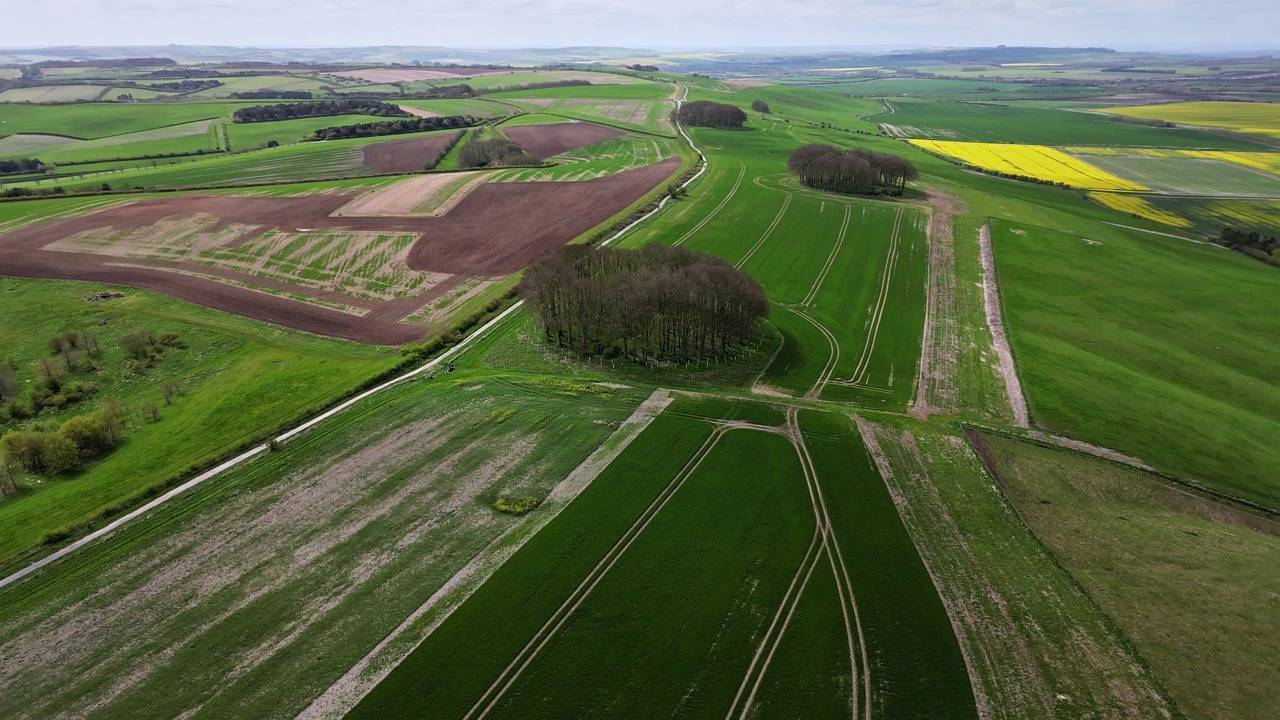

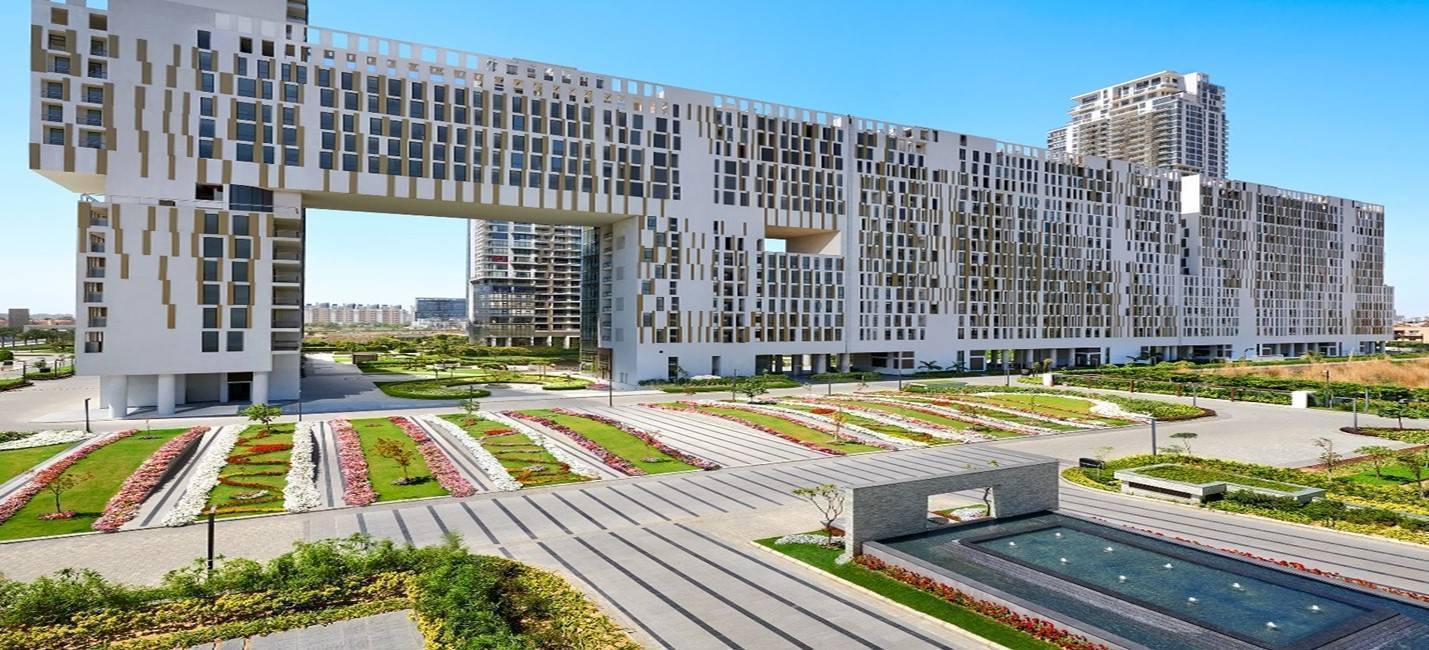
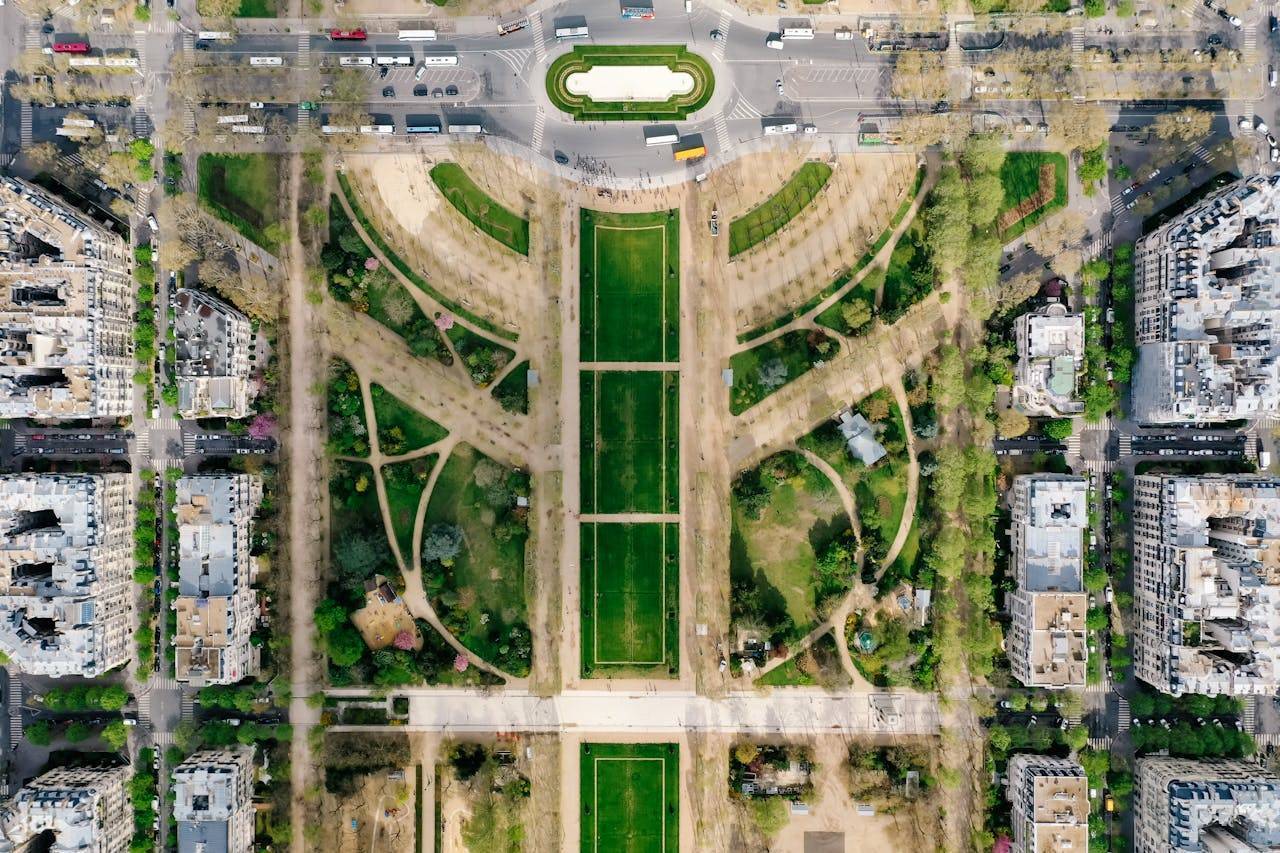
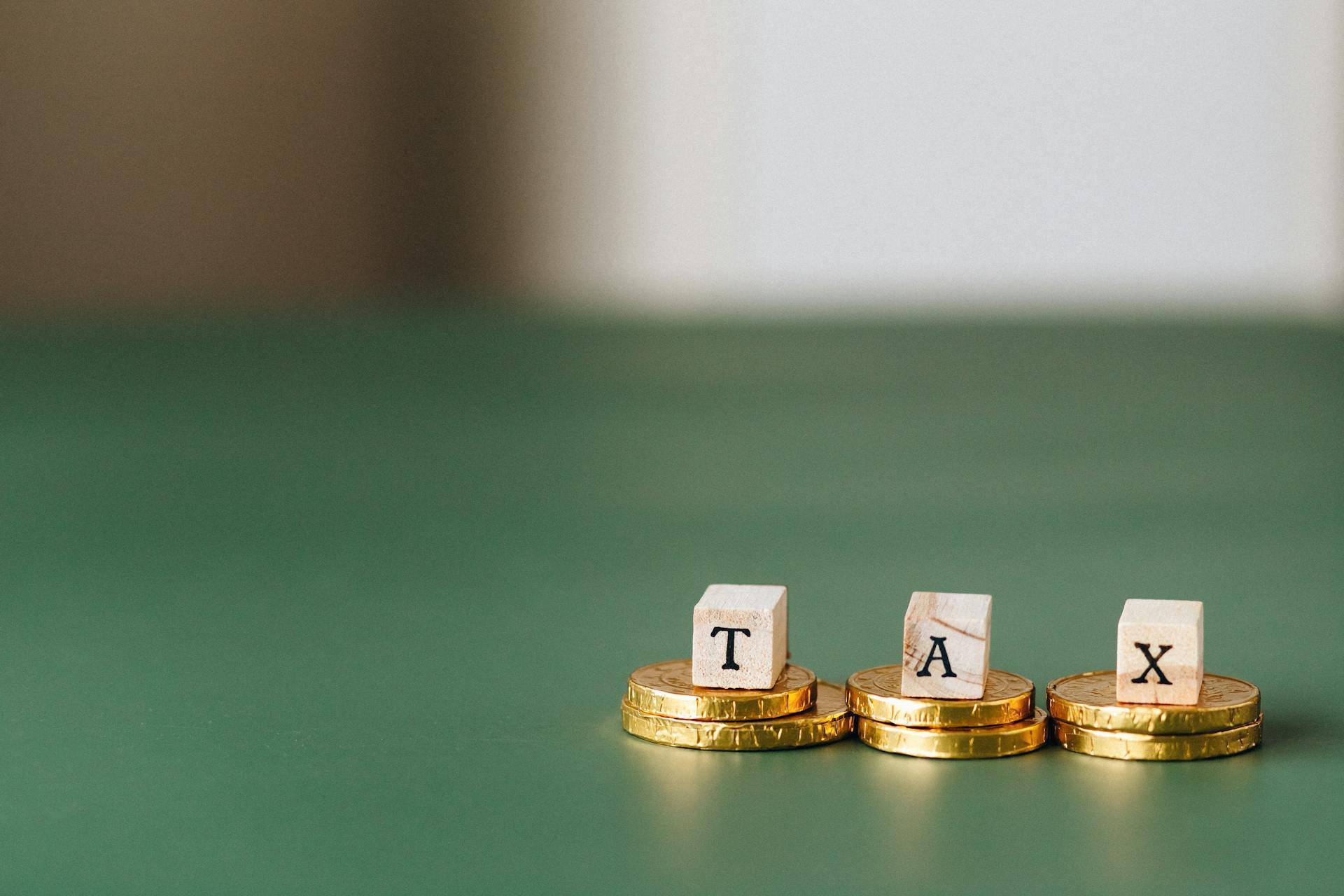
.png)